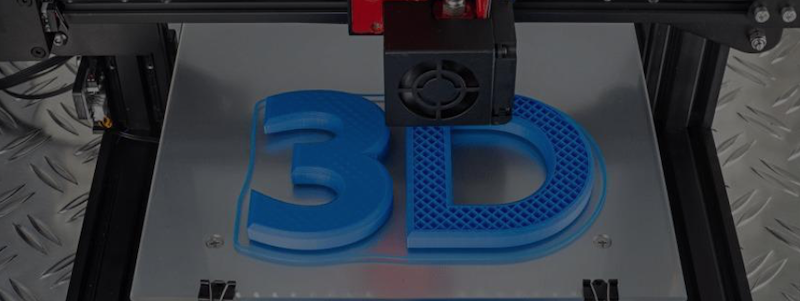Robotic grippers 3D-printed for packaging machines
Plastic grippers made from 3D printing and tribofilaments from Igus are 85 percent and 70 percent cheaper than the majority of competitors in the packaging industry.
3D printing is one of the most important trends in the industry today. It allows single batches to become a reality, allowing for personalized serial production of watches, furniture, and shoes. Additive manufacturing can also be a benefit to the packaging industry.
Metal grippers can be expensive and take a long time to produce.A certain company, after trying to 3D-print grippers using standard plastics like ABS and PLA with poor results, turned to igus.
The company now uses iglide I150 parts and has a lubrication-free and maintenance-free tribofilament gripper design that is optimized for low friction, minimal wear, and minimal wear.
igus offers tribologically optimized filaments for 3D printing using Fused Deposition Modeling (FDM). These filaments are specifically designed for printing wear parts.

These filaments are made of self-lubricating, high-performance plastics called iglide and are optimized for wear or friction. The igus-tribofilaments have been used by many companies.
Germany cosmetics firm solves packaging problem
A trial company was faced with a problem with its packaging process and decided to solve it using 3D plastic grippers.
The company needed new grippers for its packaging robots in order to change a product. These grippers would grip the lids and attach the products to the containers. An aluminum gripper was used by the company previously. It cost over $11,500 per piece and took six weeks to change over.
It is essential that manufacturers can make small batches and transition faster in an industry sector that is becoming more agile.
The company tGermany-based manufacturer of high-quality cosmetic products, turned to the tribologically-optimized iglide I150 filament and discovered a stable, impact-resistant aterial for 3D printing. It was able to print a gripper in 10 to 12 hours.
This is a typical production line for a pharmaceutical company. The iglide I150 is a tribofilament that allows for the printing of lubrication-free, maintenance-free components. This is useful, among others, in order to ensure safe movement in the food- and beverage industries (all things related to food packaging machinery).
Reduce friction with maintenance-free components and lubrication for robot parts
The German company first tried 3D printing grippers using standard plastics like ABS and PLA to avoid the high production costs and much longer lead times of metal grippers. The printing process did not produce satisfactory results.
The company turned to Igus and Iglide I150 and now has a maintenance-free, lubrication-free tribofilament that is optimized for friction wear.
Nearly every part of a gripper has a flexible design and glides on pins and shafts. This means that they are subject to wear. Metal parts should be fitted with separate bearings, or lubricated in the application.
The company had the ability to reduce the cost significantly of 3D printing by up to 85% and save 70% compared to using the aluminum options. Plastic grippers printed with iglide I150 are seven times lighter than metal grippers.
The unique feature of iglide I150, aside from its ease-of-processing, is its food contact compliance to EU Regulation 10/2011. Customers can use this certificate to allow them to print parts that will be used in moving applications, which may come into direct contact with food, drinks, or cosmetics.
Igus also offers five additional filaments to print wear parts in a variety of applications. The high-performance plastics of igus can be used on any standard 3D printer and are up to 50% more wear-resistant than standard materials like polylactide (PLA).
Expands material range
Companies without 3D printers may have individual wear-resistant parts printed at igus by using either the FDM process (or selective laser sintering – SLS). Igus provides a 3D printing option for these situations.
Tribo-filaments are available as a filament material or as a ready-to-use, pre-printed component through the igus3D printing service. Drag and drop the appropriate data online to the browser window in STEP format. The next step is to specify the quantities required and then choose the appropriate material.
The request will be considered and either a formal offer or an order placed. Igus is able to produce special parts quickly using the SLS printing process. It can even make components up to 300mm high, something that was impossible with mechanical or casting technology.
Today, the company’s laser sintering material, iglide III, and the SLS material to gears, iglide 6, are producing small batches of up 500 units in a short time.

